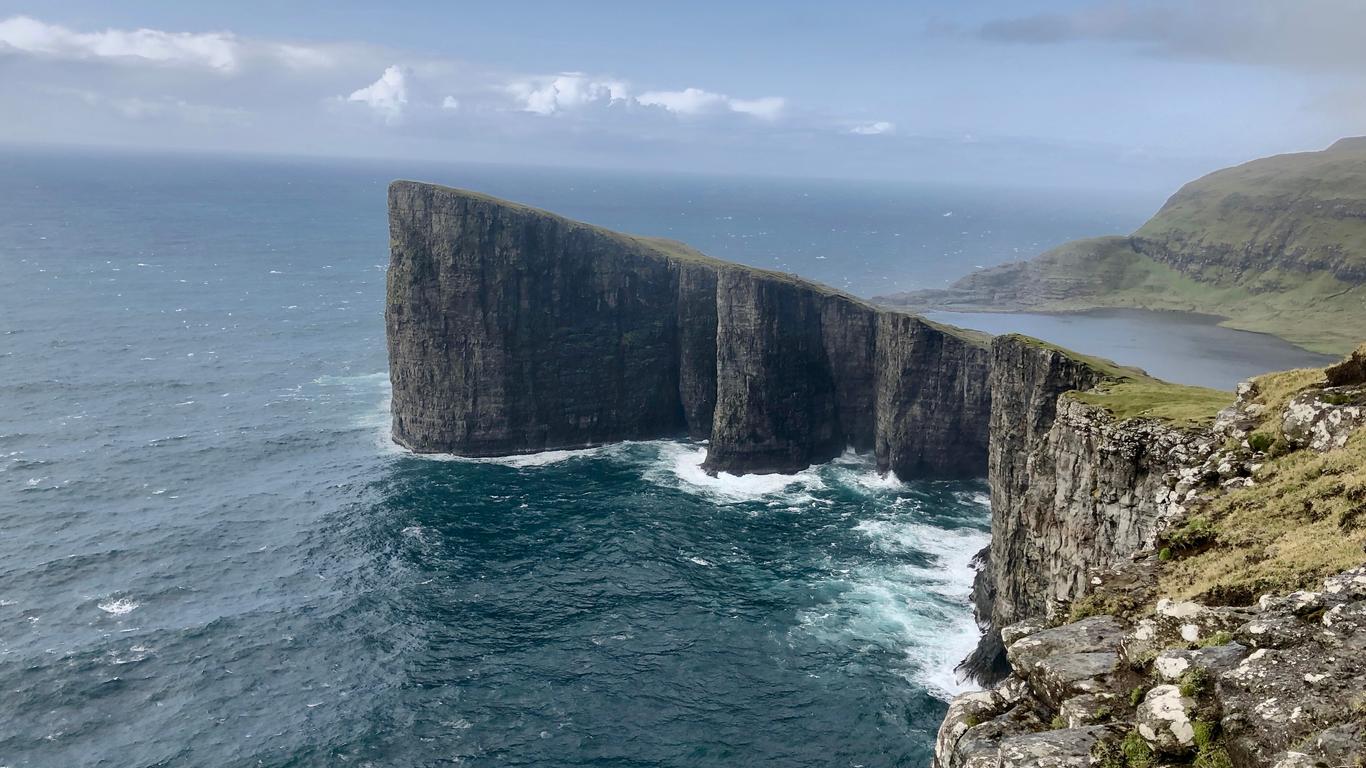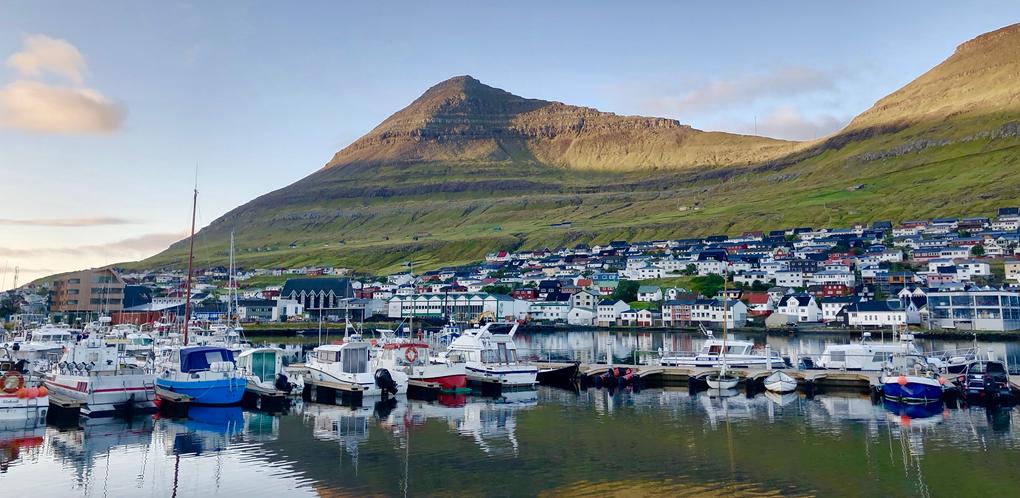
Faroe Islands travel guide
Faroe Islands Tourism | Faroe Islands Guide
You're Going to Love Faroe Islands
Isolated in the North Atlantic Sea, the Faroe Islands are known for their charismatic ruggedness. Colorful cottages are nestled among the sloping hills and many feature old stonework. There is no shortage of hiking trails to explore, while the local pubs and restaurants are constantly brimming with atmosphere.

What to do in the Faroe Islands
1. See the Vestmanna Bird Cliffs
A boat tour through the narrow rock formations is simply breathtaking, where it's likely to see local species, including the razorbill and puffin.
2. Wander Through the National Museum of the Faroe Islands
The comprehensive museum offers insight into the lives of locals during the Viking Age, with weaving weights and fishing tools preserved.
3. Check Out Skansin Fortress
The historic fort is perched above a hill and only a short walk from the center of Tórshavn. Originally constructed in 1580, it served to defend the city from pirate attacks.
4. Discover the Beauty of Tinganes
The peninsula region once accommodated the Faroe Islands' government and magnificent maroon buildings delicately wrap around the coastline. Some of the buildings have grass growing on the roof.
5. Gaze at Leitisvatn Lake
Known locally as Sørvágsvatn, it is the largest lake in the Faroe Islands and is magnificently separated from the ocean by steep cliffs.
When to visit the Faroe Islands
The best time of the year to travel is between May and September as the weather is warmest (48-55°F) and daylight hours can stretch above 22h.
How to Get to the Faroe Islands
Entry requirements
European Union citizens and other nationalities that do not require a visa to enter Denmark can visit as if they were traveling to mainland Denmark. Other nationalities must apply for a visa at a Danish embassy before arriving.
Plane
Vágar Airport is the only destination for flying and services are operated by Atlantic Airways and Scandinavian Airlines. Direct routes are possible from Paris, Copenhagen, Edinburgh, and Keflavík. Flights depart from Copenhagen multiple times each day and cost between about Fkr600-860 ($90-128). Schedule disruptions can occur during the summer period when fog is present and visibility is low, so keep up to date with notifications from the airlinea.
Boat
A ferry from Hirtshals on the northern tip of Denmark operates year-round and takes roughly 30h, while a seasonal service can be caught from Seydisfjordur on the east coast of Iceland during warmer months. One-way fares are priced between around Fkr965-1380 ($144-206) depending on the season.
Car
It is possible to bring a car on the ferries from Hirtshals and Seydisfjordur. The charge for bringing a vehicle on the ferry ranges from about Fkr965-1,765 ($144-264).
Popular airports in the Faroe Islands
Popular airlines serving the Faroe Islands
Where to stay in the Faroe Islands
The main city of Tórshavn has the greatest range of hotels and bed & breakfast cabins, while youth hostels managed by the state are spread out across the islands and provide affordable accommodation options.
Where to stay in popular areas of the Faroe Islands
How to Get Around the Faroe Islands
Public Transportation
A 4-route bus system is available throughout Tórshavn that will take visitors to every corner of the city, and there are no fares charged. The free buses are painted in red and leave every 30m, however, have limited schedules on the weekend. Klaksvík is the only other city with a public bus that links the outer regions to the center.
Bus
Services between towns are operated in blue buses and travel across the whole country. Depending on the distance, tickets range from around Fkr10-50 ($1.50-7.50).
Car
Several subsea tunnels connect destinations, including between the islands of Vágar and Steymoy as well as Bordoy and Eysturoy. A vehicle toll of approximately Fkr130 ($19.50) is charged upon entering the tunnels. A causeway known as the Channel Bridge links the islands of Esturoy and Streymoy.
Boat
Ferries operate between islands and common journeys are Tórshavn-Nólsoy, Tvøroyri- Tórshavn, and Sørvágur-Mykines. A 7-day tourist travel card can be purchased for roughly Fkr600 ($90) and covers all buses and ferries.
The Cost of Living in the Faroe Islands
Food and services are rather expensive, with a meal at a standard restaurant costing between around Fkr200-300 ($30-45). Credit cards are accepted in most shops throughout the Faroe Islands, however, it's recommended to carry cash if visiting a remote village.